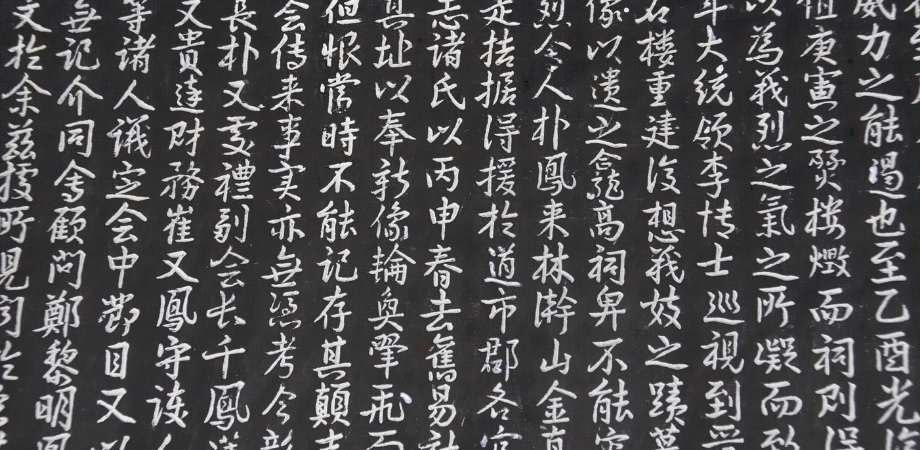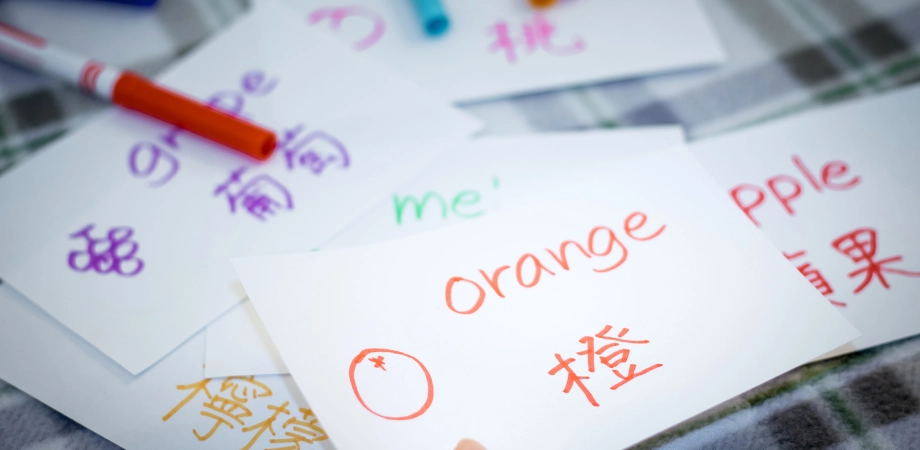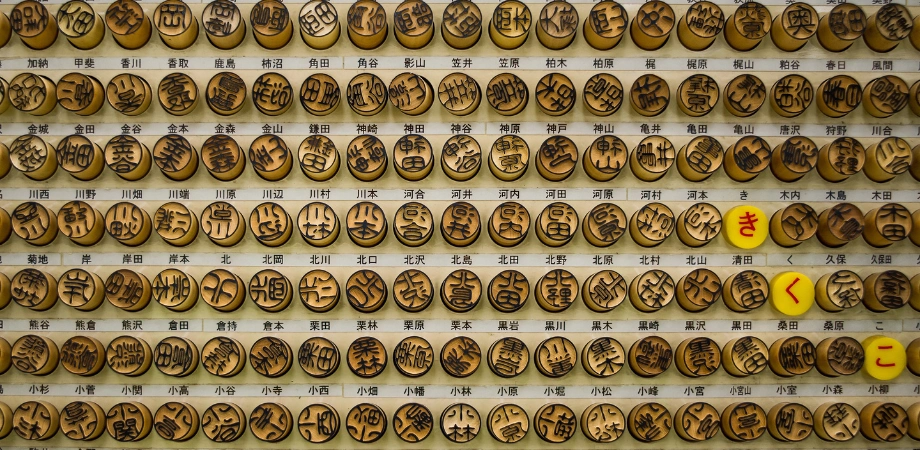In today’s globalized world, the ability to speak multiple languages is increasingly valuable. Bilingualism and multilingualism offer numerous benefits, such as bridging cultural divides and expanding personal and professional opportunities. However, mastering certain languages presents unique challenges due to factors like complex writing systems, tonal variations, and grammatical intricacies. In this article, we’ll explore the most difficult languages to master, shedding light on the hurdles faced by learners and polyglots in their pursuit of linguistic proficiency.
Introduction to Linguistic Diversity and Complexity
The world boasts a diverse array of languages, each with its own complexities. Understanding linguistic diversity is vital in exploring the challenges of mastering certain languages, especially the most difficult languages. Language complexity encompasses variations in vocabulary, grammar, pronunciation, and cultural nuances, contributing to the difficulty for learners. From tonal variations in Chinese to the intricate grammar of Finnish, these factors add to a language’s complexity.
Complexity extends to cultural context and historical evolution, shaping a language’s structure. For instance, Arabic’s extensive dialects and Japanese’s three writing systems reflect rich cultural heritage and linguistic evolution. Exploring linguistic diversity and complexity provides insight into the challenges faced by language learners, particularly when tackling the most difficult languages.
Characteristics of High-Difficulty Languages
High-difficulty languages, often considered the most difficult languages, present unique challenges for language learners. This section will explore the three main aspects that make these languages challenging: complex writing systems, tonal variations, and grammatical intricacies. Learners tackling languages like Chinese, Japanese, Thai, Vietnamese, and others with logographic or complex alphabetic scripts face a steep learning curve.

Complex Writing Systems
A complex writing system is one of the defining features of most difficult languages. Chinese, for example, utilizes thousands of characters, each representing a specific word or concept. The intricate stroke order and vast number of characters can be overwhelming for learners. Similarly, Japanese incorporates three different scripts – hiragana, katakana, and kanji – each with its own set of rules and pronunciations.
Tonal Variations
Another characteristic of most difficult languages is the presence of tonal variations, which can significantly impact meaning and communication. Thai, for instance, is a tonal language with five tones that can change the entire meaning of a word. Learners must accurately reproduce these tones to convey their intended message. Vietnamese is another tonal language that uses six different tones, further adding to the complexity of pronunciation and communication.
Grammatical Intricacies
High-difficulty languages often boast intricate and complex grammatical structures. Japanese, for example, uses a unique sentence structure that differs from English, with the verb often placed at the end of the sentence. Chinese grammar is also vastly different from English, with no verb conjugations or tenses. Learners must grasp these grammatical intricacies to form coherent sentences and convey meaning accurately.
Most Difficult Languages for English Speakers
English speakers often face specific challenges when learning certain languages due to differences in linguistic structures and cultural context. In this section, we will explore two of the most difficult languages for English speakers: Mandarin and Arabic.
Mandarin: A Tonal Language with Thousands of Characters

Mandarin, one of the most difficult languages and the most widely spoken language in the world, presents a formidable challenge for English speakers. One of the primary difficulties lies in Mandarin’s tonal nature. The language is characterized by four distinct tones, each of which can change the meaning of a word. These tonal variations require learners to develop a keen ear for subtle nuances in pronunciation.
Mandarin’s writing system, which includes thousands of characters, poses a significant hurdle for English speakers. Unlike alphabetic languages, Mandarin relies on logographic characters, each representing a specific concept or idea. Mastering these characters requires extensive memorization and practice, making Mandarin a truly challenging language to acquire.
Arabic: A Semitic Language with Extensive Dialects

Arabic, with its rich historical and cultural significance, is another language that poses significant difficulties for English speakers. The complex grammatical structure of Arabic can be overwhelming for learners. The language employs a unique system of consonantal roots and patterns to construct words and express nuanced meanings. Understanding and applying these rules can be intricate and require dedicated study and practice.
Arabic, one of the most difficult languages, is spoken in various dialects across different regions, each with its own distinct vocabulary, pronunciation, and grammar. This diversity can present challenges for learners who aspire to communicate effectively in different Arabic-speaking countries.
Grammatical Gymnastics: Languages with Unique Structures
Some languages possess grammatical structures that are distinctively different from those found in English and other widely spoken languages. These languages challenge learners with their intricate systems and unconventional grammar. In this section, we will explore four languages that showcase these fascinating language structures: Hungarian, Finnish, Basque, and Navajo.
Hungarian, considered one of the most difficult languages, is a Uralic language spoken in Hungary, known for its agglutinative nature. This means that words consist of multiple affixes that convey various grammatical information in a single word. Rather than relying heavily on word order, Hungarian relies on suffixes to express tense, case, and possession. Learning Hungarian requires a keen eye for these affixes and a deep understanding of how they interact within the sentence structure.
Finnish, another Uralic language counted among the most difficult languages, displays a highly inflected grammar with a complex case system. Words undergo extensive changes depending on their role in the sentence, such as subject, object, or possessive. Additionally, Finnish implements vowel harmony, where vowels within a word need to align according to specific phonetic patterns. This language’s unique structure adds an extra layer of difficulty for learners.
Basque, a language isolate spoken in the Basque Country of Spain and France, presents an ergative-absolutive alignment. This means that the structure of a sentence depends on the grammatical role of the subject or object, deviating from the typical subject-verb-object order. Basque also features polypersonal agreement, where verbs conjugate according to both subject and object, resulting in complex sentence structures that require meticulous attention to detail.
Navajo, a Southern Athabaskan language considered one of the most difficult languages, stands out for its polysynthetic grammar. Navajo words are formed by combining numerous morphemes, enabling the expression of entire sentences in a single word. This agglutinative language features intricate verb and noun patterns, requiring learners to master the structure and composition of these complex words. Exploring the syntax, morphology, and sentence structures of these languages with unique grammatical structures will deepen our understanding of linguistic diversity and the challenges faced by language learners.
Decoding Scripts: Languages with Challenging Writing Systems
Learning a language with a challenging writing system can be a significant hurdle for learners. In this section, we will focus on two languages with unique writing systems: Japanese and Georgian.
Japanese: Mastering Three Writing Systems

Japanese, considered one of the most difficult languages, presents learners with the task of mastering three separate scripts – hiragana, katakana, and kanji. Hiragana and katakana are phonetic scripts used for native Japanese words and foreign loanwords, respectively. Kanji, on the other hand, consists of complex characters borrowed from Chinese and represents meanings rather than individual sounds.
Mastering kanji alone can be particularly challenging, as it requires memorizing thousands of characters. The intricate stroke order and multiple readings associated with each character further increase the difficulty. However, once learners overcome this initial hurdle, they gain access to a rich vocabulary and a deeper understanding of Japanese culture.
Georgian: An Ancient and Unique Alphabet
Georgian, considered one of the most difficult languages, spoken primarily in Georgia, boasts an ancient and distinct alphabet that requires learners to familiarize themselves with its unique symbols and phonetics. The Georgian script, known as Mkhedruli, consists of 33 characters, each representing a specific sound in the language.
Unlike many other alphabets, Georgian is highly phonetic, meaning that the pronunciation of words can be accurately inferred from their written form. This makes it easier for learners to grasp the language’s pronunciation rules. However, the unique symbols and unfamiliar phonetics can initially present a challenge for those who are accustomed to Latin-based alphabets.

Language Learning Strategies for the Ambitious
As a language learner tackling some of the world’s most difficult languages, embarking on the journey to mastery requires determination and strategic planning. One such strategy is immersion, where learners immerse themselves in the target language by surrounding themselves with native speakers and authentic materials. This provides a real-life context for language use and enhances listening and speaking skills.
Another valuable technique is spaced repetition, which involves reviewing and revisiting learned material at progressively longer intervals. This strategy helps reinforce memory retention and improves long-term language proficiency. Utilizing language exchanges is also beneficial, as it allows learners to practice conversing with native speakers of their target language while offering the opportunity to teach their own native language in return.
In delving into the intricacies of mastering some of the world’s most difficult languages, we’ve uncovered the multifaceted challenges learners face, from Mandarin’s tonal nature to Japanese’s complex writing systems. These languages pose significant hurdles not only for learners but also for translators, often regarded as among the hardest languages to translate due to their nuanced structures and cultural intricacies. Yet, it’s through perseverance and a deep appreciation for linguistic diversity that individuals embark on the rewarding journey of language acquisition.



